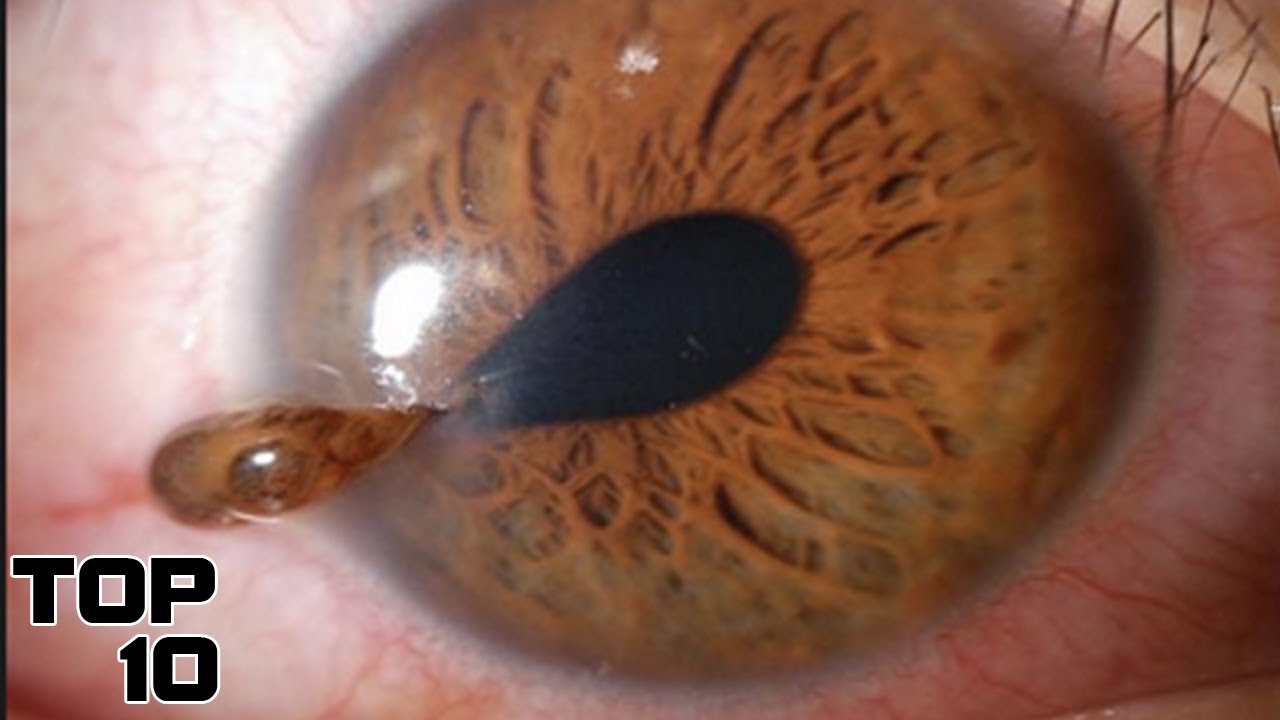Fear is a natural response to potential danger, but some people experience irrational fears known as phobias. While most people have heard of common fears such as spiders or heights, there are some strange phobias that few people know about. These include xanthophobia (fear of the color yellow), omphalophobia (fear of belly buttons), ablutophobia (fear of washing or bathing), trichophobia (fear of hair), nomophobia (fear of being without a mobile phone), coulrophobia (fear of clowns), oikophobia (fear of household appliances and objects), genuphobia (fear of knees), arachibutyrophobia (fear of peanut butter sticking to the roof of your mouth), and pogonophobia (fear of beards). These phobias can make daily life challenging, and effective treatment is available.
The Top 10 Weirdest Phobias Ever Recorded
Fear is a natural response to potential harm or danger. It can be a useful tool in keeping us safe, but when fear becomes irrational or overwhelming, it can interfere with our daily lives. While most people have specific phobias like arachnophobia (fear of spiders) or acrophobia (fear of heights), there are some people who suffer from some truly strange fears. Here are ten of the weirdest phobias ever recorded.
1. Xanthophobia – Fear of the color yellow
Xanthophobia is an irrational fear of the color yellow. People with this condition may feel anxious or frightened when they see anything yellow, including objects, clothing, or even the color on a computer screen. This phobia is so rare that few people have ever heard of it.
2. Omphalophobia – Fear of belly buttons
Omphalophobia is a fear of belly buttons. This phobia can be triggered by seeing, touching or even thinking about belly buttons. It can make people feel nauseated, sweaty, and anxious.
3. Ablutophobia – Fear of washing or bathing
Ablutophobia is a fear of washing or bathing. It can be triggered by the sight or smell of soap and water, or the thought of getting wet. This phobia can be debilitating, as daily hygiene becomes an overwhelming task.
4. Trichophobia – Fear of hair
Trichophobia is an irrational fear of hair. People with this phobia may feel uneasy around hair, including their own. They may obsessively groom themselves, shave or pluck their body hair to avoid the anxiety this phobia causes.
5. Nomophobia – Fear of being without a mobile phone
Nomophobia is the fear of being without a mobile phone. In today’s world, where mobile phones are constantly at our fingertips, this is becoming a more common phobia. People with this condition may feel anxious or panicked when their phone is not within reach.
6. Coulrophobia – Fear of clowns
Coulrophobia is an irrational fear of clowns. This phobia can cause intense anxiety and fear, and can be triggered by a clown’s makeup, appearance, or behavior. It is often associated with childhood memories of scary clowns or horror movies.
7. Oikophobia – Fear of household appliances and everyday objects
Oikophobia is a fear of household appliances and everyday objects. People with this phobia may feel uncomfortable or anxious around common items such as doorknobs, light switches, and kitchen utensils. This phobia can make everyday life a struggle.
8. Genuphobia – Fear of knees
Genuphobia is an irrational fear of knees. People with this phobia may feel uneasy when they see their own or someone else’s knees. This phobia can make it difficult to wear shorts or skirts and can lead to social insecurity.
9. Arachibutyrophobia – Fear of peanut butter sticking to the roof of your mouth
Arachibutyrophobia is a fear of peanut butter sticking to the roof of your mouth. People with this phobia may avoid eating peanut butter or anything sticky. This phobia can be linked to a specific traumatic event or just an intense dislike of the sensation of something sticking to their mouth.
10. Pogonophobia – Fear of beards
Pogonophobia is a fear of beards. People with this phobia may feel anxious or uneasy around men with beards, and may have difficulty interacting with them. This phobia can be linked to cultural or personal experiences and can affect both men and women.
In conclusion, phobias can be distressing and debilitating, impacting people’s quality of life. While the above phobias may seem strange, they are very real and can have a significant impact on those affected. If you or someone you know is struggling with a phobia, seek help from a mental health professional. There are effective treatments available to help people overcome their fears and lead a fuller life.
